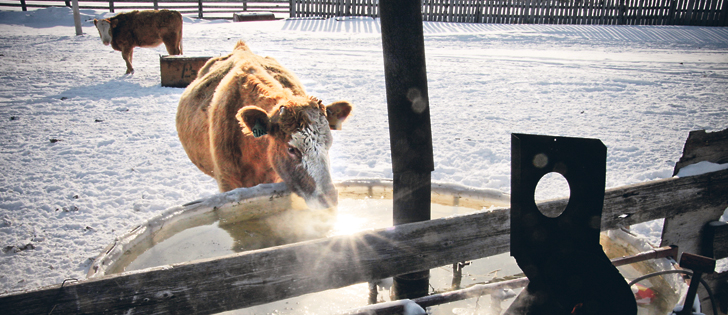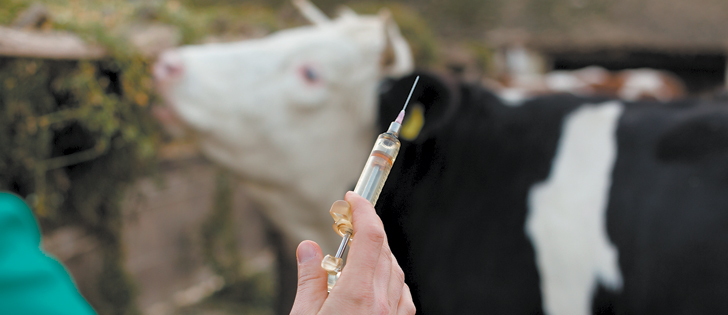Cows are like scavengers and are willing to eat more than barley and hay, as long as it is palatable.
If there are alternative feeds available locally at a good price, they may be worth considering, said Murray Feist of Saskatchewan Agriculture.
“Cattle will do well. That four-stomach rumen will allow them to scavenge and do well with these feeds as long as we make sure the nutrients are in check,” he said.
Many alternatives are failed crops or byproducts from other sectors. They can be mixed in with other products to create a balanced diet.
Read Also

Canada told trade crisis solutions in its hands
Canadians and Canadian exporters need to accept that the old rules of trade are over, and open access to the U.S. market may also be over, says the chief financial correspondent for CTV News.
Computer programs such as Cow Bytes, developed by Alberta Agriculture, can help with blending decisions.
“You can put them in the diet but if you use a program like that, you can see where they fit and what the limitations are,” he said.
Total digestible nutrients, the amount of digestible fibre, protein, lipid and carbohydrate contents of a feedstuff, can be calculated with the program. It is related to digestible energy and is useful to know when putting together beef cow rations that are primarily forage.
Beyond feeding the bread-and-butter rations like alfalfa-brome hay, barley and pasture, remember that alternative roughages and concentrates all have different characteristics that may need some consideration in handling.
“There are a variety of what we call alternative feeds whether they are byproducts or salvage feeds. Each one of them has individual characteristics,” Feist said.
Mineral and protein contents vary and they may run counter to other necessary requirements or cause an ill effect.
If cattle are offered dried distillers grain, a portion can be mixed into the ration. These are high in protein but they also may have triple the amount of required phosphorous or sulfur so that must be mitigated, especially in areas providing water high in sulfates.
Grain alternatives like peas and lentils are popular because they bring extra protein. They may be low in calcium.
Green pea straw is not a good hay source. The protein and total digestible nutrients are acceptable but fibre is questionable because it takes a long time to digest.
Rye, corn and triticale are useful feeds but should be checked this year for fusarium and other toxins.
Grazing corn as a standing plant is a relatively new practice in Western Canada. Cattle chew through the cobs, leaves and stems that offer 12 to 13 percent protein and energy. However the calcium levels are variable and high phosphorous is possible.
Cattle will eat frozen canola seeds. Canola has high levels of total digestible nutrients because of the oil content. However, it needs to be blended with oats or barley because it is hard to process and could gum up equipment.
Canola hay is also feasible.
“They are all green and if they are cut at the right time, almost all green things have the same energy and protein for the most part,” he said.
The value of grain screenings is well known.
“As a pelleted product there isn’t much to talk about, but as a raw product we get into the feed value and it is such a variable product depending where you source it from; whether it is from a mill or the neighbour,” he said.
Screenings may contain some unwanted weed seeds that have no feed value. The seeds could also end up in the manure and create a kochia or wild oat problem later.



















